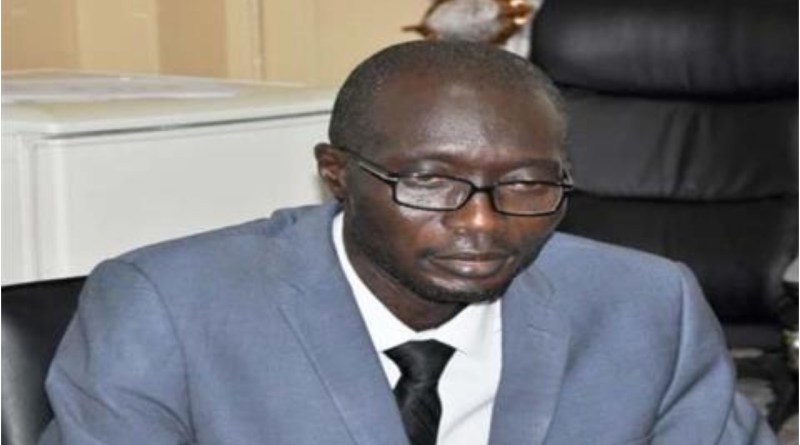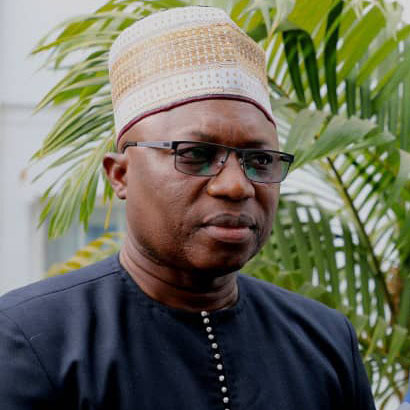By: Sulayman Waan
Bakary K Jammeh, governor of Central Bank of The Gambia has revealed that the stock of domestic debt stood at 32.5 billion dalasi equivalent to 38.1% of the Gross Domestic Product (GDP) in corresponding period of year ago.
Governor Jammeh, was speaking during the Monetary Policy Committee (MPC) meeting at the Central Bank of The Gambia on 29th, August, 2019 aimed to assess recent economic developments and set the key policy rate.
Jammeh added that stock of treasury and Sukuk- Al Salaam bills which accounted for 58.3% of outstanding domestic debt increased by 8.8% to D18.9 billion during the period under review.
“From December 2018 to July 2019, the yields on the 91- day, 182-day and 364- day treasury bills declined to 3.98%, 6.87% and 8.77% respectively from 5.06%, 7.04% and 9.48% in the same period last year,” he said.
Domestic Economic Outlook
“The Gambia economic remains strong and prospects and favorable, the Central Bank’s Composite Index of Economic Activity (CIEA) suggests that economic activity remains robust in the first of 2019 and points to stronger in the second half of the year,” he noted.
Governor Jammeh added that real GDP growth stood at 6.5% in 2018 compared to 4.8% in 2017 driven mainly by the services sector including tourism, trade, financial services, insurance, transport and telecommunication,” he said.
Gambia Banking Sector Remains Profitable
Governor Jammeh further has said the banking remains adequately capitalized highly liquid and profitable.
He added that the risk- weight capital adequacy ratio stood at 29.0%, well above the statutory minimum of 10%.
He pointed out that: “The ratio of liquid assets to total assets was 57.9% as end of June 2019 compared to 56.6% a year ago. Liquid asset to deposit ratio stood at 95.6% compared to the statutory requirement of 30%. Total deposit stood at D31.0 billion as at end of June, an increase of 25.7% from June 2018,”
“As end of June 2019 total assets of the banking industry increased by 25.4% to 47.5%. The ratio of non-performing loans to gross loan declined to 2.3% from a year ago largely reflecting enhanced credit administration processes and effective loan recovery measures.”
Development in Monetary Aggregates
The financial expert noted that money supply increased to 24.4% as at the end of June 2019 from 22.4% a year ago, driven largely by the healthy net foreign asset position of both the Central Bank and commercial banks.
Governor Jammeh added that net foreign assets of the banking system rose to D13.6 billion as end of June 2019, from D8.2 billion in the corresponding period a year ago representing an increase of 66.1%.
“Net foreign assets of the Central Bank rose significantly by 85% to stand at D6.7 billion compared to D3.6 billion a year ago. Similarly, net foreign assets of commercial banks grew strongly by 51.2% at the end of June 2019 to D6.9 billion from D4.6 billion a year ago.
“The net domestic assets of the banking system also increased by 9.2% to D23.7 billion at end of June 2019, claims on government net grew by 13.4% relative to a contraction of 5.9% a year ago and private sector credit expanded by 28.8% higher than 20.0% a year ago,” said Jammeh.
However, he further said reserve money growth decelerated to 21.2% as at end of June2019 from21.9% recorded last year.




